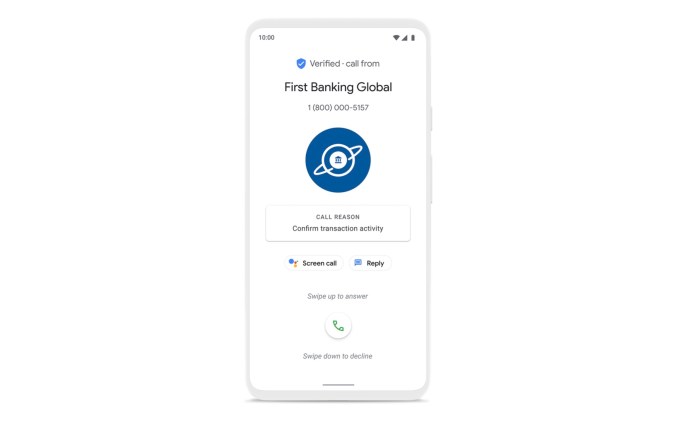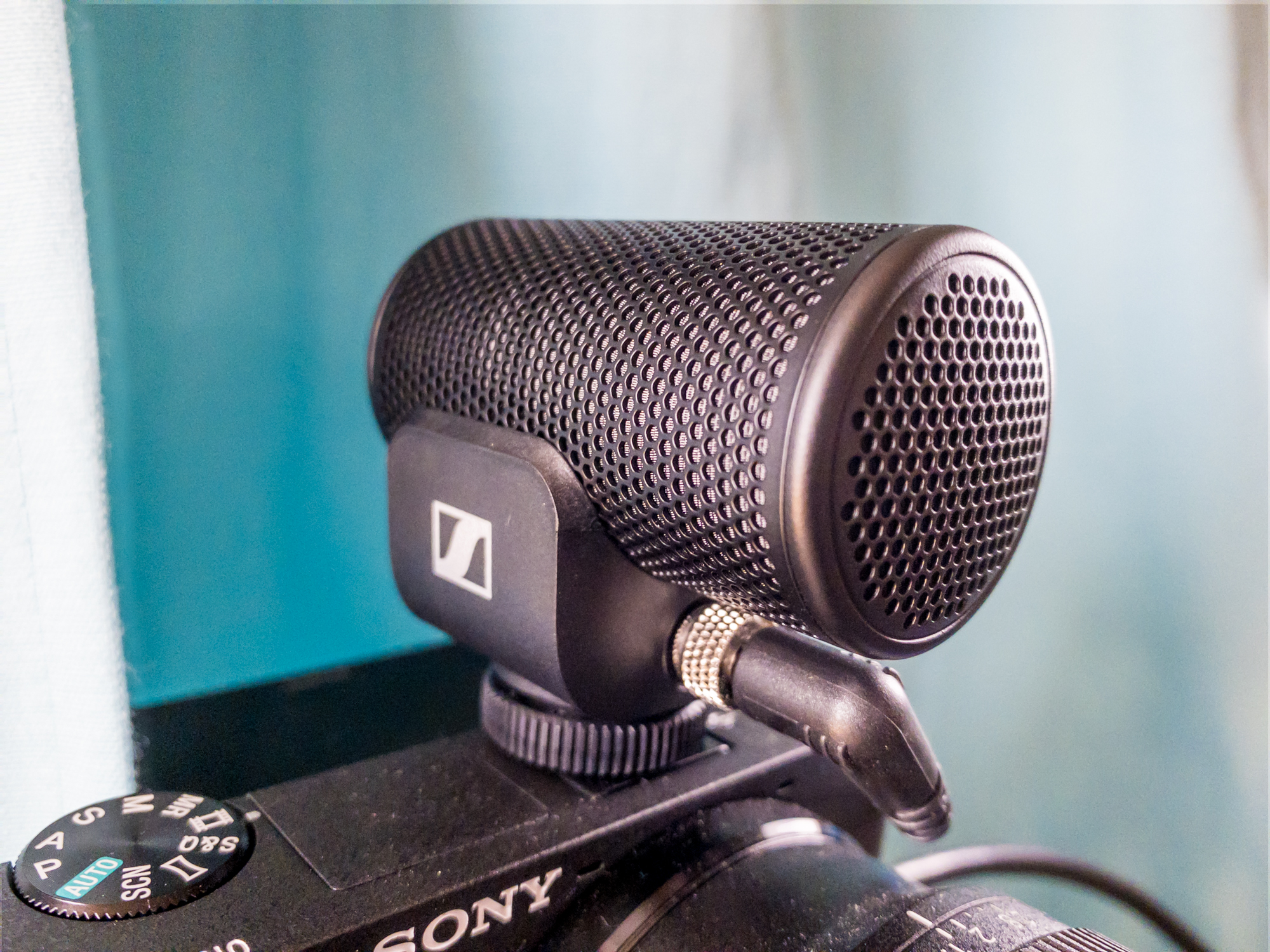Google today is introducing a new feature for Android phones that will help legitimate businesses reach their customers by phone by having their brand name and reason for calling properly identified. The feature, known as “Verified Calls,” will display the caller’s name, their logo, a reason why they’re calling, and a verification symbol that will indicate the call has been verified by Google.
The feature arrives at a time when spam calls are on the rise. U.S. consumers received 61.4 billion spam calls in 2019, according to a recent report from RoboKiller, representing a 28% increase from the prior year. The U.S. Federal Communications Commission also says that unwanted calls, are its top consumer complaint.
Google’s new system gives legitimate businesses a way to share their information with consumers along with their reason for calling on the incoming call screen. This, however, only works with those participating businesses who have chosen to sign up with one of Google’s partners in order to have their calls verified.
According to Google’s website for the service, businesses can get started with Verified Calls by working with a partner such as Neustar, JustCall, Telecall, Zenvia, Prestus, Aspect, Five9, Vonage, Bandwidth, IMImobile, Kaleyra, Quiubas Mobile, or Datora.

Once set up, a business will send Google’s Verified Calls server its number, the customer’s phone number, and the call reason, like “scheduling your internet installation,” or “your food delivery,” for example. Google then sends this information to the Android device’s Google Phone app. The device compares the incoming call information with the information Google received from the business and, if there’s a match, the Phone app displays the call as “Verified.” Google says the customer phone number and call reason is deleted within minutes of verification to protect consumer privacy.
The feature is enabled by default in the Google Phone app for Android devices, which comes pre-loaded on many Android phones and will be available for download for more Android devices later this week.
Google says it piloted tested the new feature for a few months before going live and found that verification did increase the chances of someone answering a call. It did not share the specific results.

Image Credits: Google
However, Google’s existing Verified SMS system for text messages has been adopted by a number of brands, including 1-800-Flowers, Banco Bradesco, Kayak, Payback, and SoFi, for example. Google claims a study in the U.S. and Brazil found that Verified SMS increased customer trust in brands, and improved metrics like likelihood to purchase, brand satisfaction, and likelihood to recommend.
Verified Calls is launching first in the the U.S., Mexico, Brazil, Spain and India, with more countries to follow.
Google already offers a way for consumers to fight incoming spam with its Google Assistant feature, Call Screen. This feature allows the Google Assistant to answer the call on the user’s behalf, then ask them who’s calling and why. A transcript is sent to the phone’s owner, who can then choose to send a suggested response, pick up, or hang up.
But Call Screen works automatically in English in the U.S., and can be used manually in Canada, according to Google’s Help documentation. Verified Calls, meanwhile, is offered in more countries worldwide and leverages industry partnerships to work, instead of A.I., making it a broader solution.

 Design and performance
Design and performance